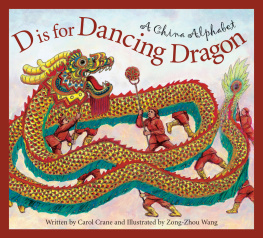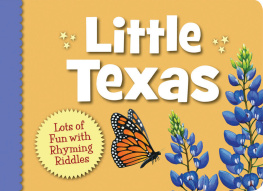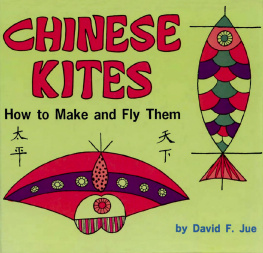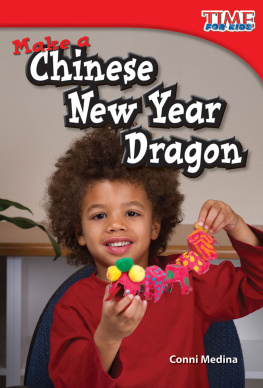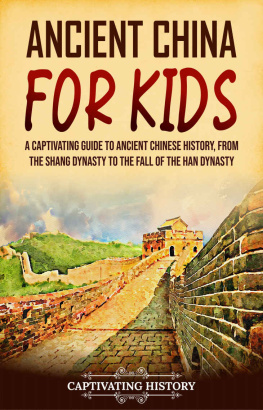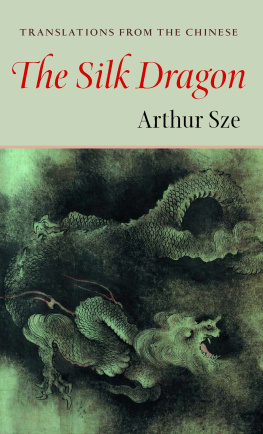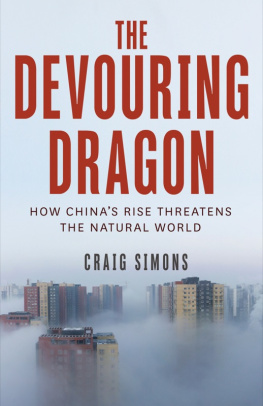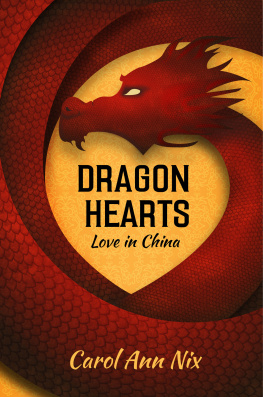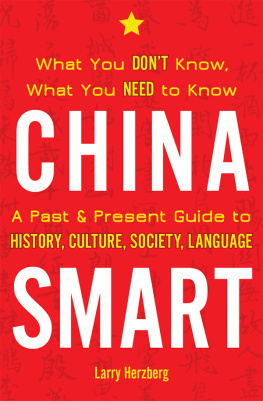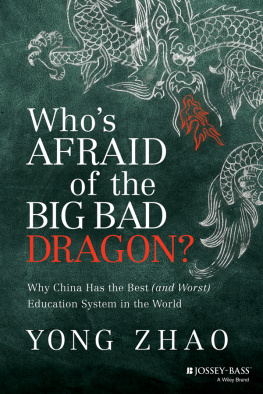
D is for Dancing Dragon
A China Alphabet

Written by Carol Crane and Illustrated by Zong-Zhou Wang
My many thanks to Irene Yi Ross; Beth Johnston, my sister, and her husband,
Roger, who were residents of Shanghai; and Polly Clausen, my niece,
a teacher in Shanghai for ten years. They were great resources for this book.
CAROL

A gift for American kids who
love Chinese culture.
ZONG-ZHOU
Text Copyright 2006 Carol Crane
Illustration Copyright 2006 Zong-Zhou Wang
All rights reserved. No part of this book may be reproduced in any manner without the express written consent of the publisher, except in the case of brief excerpts in critical reviews and articles. All inquiries should be addressed to:
Sleeping Bear Press
315 E. Eisenhower Parkway, Ste. 200
Ann Arbor, MI 48108
www.sleepingbearpress.com
Sleeping Bear Press is an imprint of Gale.
Printed and bound in China.
10 9 8 7 6 5 4 3 2 (case)
10 9 8 7 6 5 4 3 2 (pbk)
Library of Congress Cataloging-in-Publication Data
Crane, Carol.
D is for dancing dragon : a China alphabet / written by Carol Crane;
illustrated by Zong Wang.
p. cm.
Summary: This A to Z childrens pictorial covers topics such as Beijing, Dragon Dance, Himalayan
Mountain Range, Mongolians, and the giant panda. Each subject is introduced with a simple rhyme
for younger readers. Expository text is also included for older readersProvided by publisher.
case ISBN: 978-1-58536-273-8 pbk ISBN: 978-1-58536-473-2
1. ChinaCivilizationJuvenile literature. I. Title.
DS721.C865 2006
951dc22 2006001426
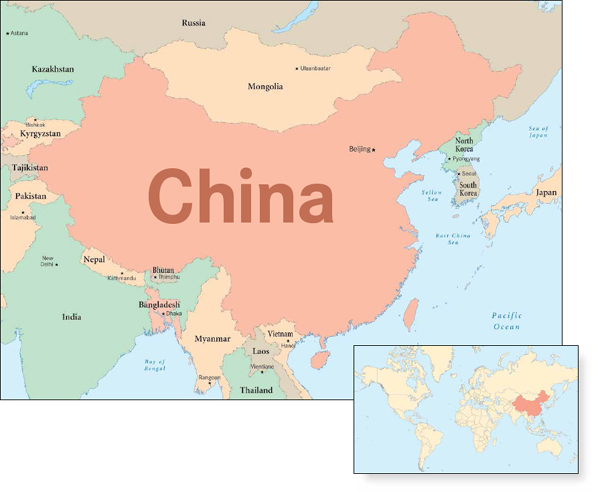
A
Chinese acrobats have been performing for more than 2,000 years. They have perfected daring feats as audiences clap and cheer. Rope walking, juggling with both hands and feet, and the human pagoda (which is standing on each others shoulders in a triangle) are a few of their amazing acts. Running quickly and then soaring through the air, the acrobats seem light as small birds. Caught by one of the other performers, or landing gracefully, they are ready to take flight again.
The acrobats physical strength and stamina are astounding. In early days they performed in festivals. Later Beijing formed a troupe of the most outstanding acrobats from each major city in China. Today their astonishing skills are known worldwide.
A is for Chinese Acrobats performing with beauty and grace. We clap and admire their physical strength, as they land in a very small place.
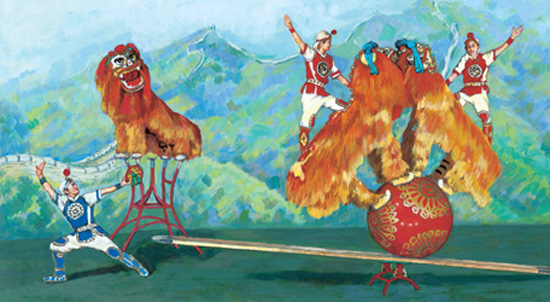
B
Beijing is the capital of the Peoples Republic of China. It is one of the largest cities in China with a population of around twelve million people. Beijing enjoys a subtropical winter, but it can be very hot and dry in the summer because of the winds from the Gobi Desert. Visitors that come to learn about the culture and history of Beijing may find there is too much to see in one trip. Beijing has museums, palaces, gardens, and ancient relics of mans existence thousands of years ago.
Tiananmen Square is the largest public square in the world. Families and visitors take walks on the 99-acre (4-hectare) square. The square was built to accommodate one million people. In the middle of the square is the Monument to the Peoples Heroes. Across the street is Tiananmen Gate, which leads to the Forbidden City. The Imperial Palace, also known as the Forbidden City (so named as the common people were forbidden to enter) or Gu Gong, was the imperial residence during the reign of 24 emperors.
Yellow is the symbol of the royal family and it is the predominant color at the Imperial Palace. Emperors wore yellow gowns that had dragons embroidered on them. Surrounding the palace is a high wall, a moat (a wide trench filled with water), and over 800 buildings that contain 8,886 rooms. Also in this area is the Great Hall of the People and the National History Museum. The Summer Palace, once a residence of emperors in summer, has an imperial garden with a lake, bridges, and islands with beautiful flowers. Beautiful Beijinghome of the Olympic Games in 2008.
B is for Beijing. Big in size, culture, and history, it is the capital of China. Why visitors love it is no mystery.
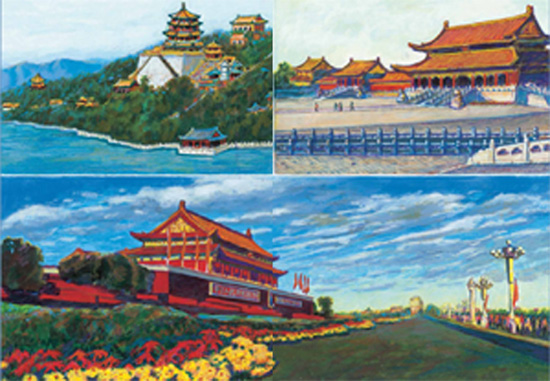
C
Chopsticks have been used in China for over 5,000 years. Many years ago cooking was done mostly over wood or coal burning fires. Sticks were used to pull the food out of the fire. Later when coal and firewood became scarce, the food was cut into smaller pieces so it would cook faster. The twigs that had been used to pull food from the fire became wooden tapered chopsticks for eating. Many chopsticks are made from bamboo or wood. Ivory chopsticks were used for banquets. The royal family often used gold chopsticks. The Chinese chopsticks are 9 to 10 inches (23 to 25.5 centimeters) long, rectangular in shape, and have blunt ends. Picking up small things such as rice, beans, and slippery noodles takes practice. It is thought that using chopsticks has a great deal in common with writing Chinese characters with a brush. Both eating and writing have become an artful skill in China.
When a guest is invited to a Chinese home, etiquette is considered to be very important. Chopsticks should always be placed on the dish, never in the bowl of rice. It is considered rude to tap a bowl with chopsticks. The host or hostess also shows respect to their guest by following proper etiquette. The spout of a teapot will never be pointed toward any guest as this is considered bad luck. The number four is considered bad luck so there will never be four chairs at a table. There are also no fourth-floor buttons on elevators.
C is for Chopsticks an ancient eating skill. Bamboo sticks called quick little fellows. How do you eat and not spill?
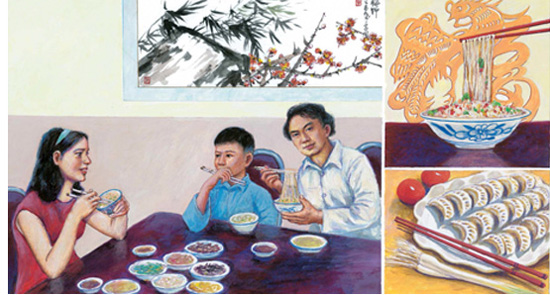
D
The Chinese New Years Dragon Dance celebrates the dragon, believed to bring good fortune, longevity, strength, and wisdom. All communities in China have dragons in their annual festivals. The dragon looks very fierce and is considered the divine ruler of the lakes, rivers, and seas. It is believed to be a powerful but gentle creature that brings rain to the earth, helps the crops grow, and keeps the farmer cool. The size and length of the dragon depends on how many dancers are available to put on the dragon costume. Some dragons are 7 sections long and some can be 46 sections long and need up to 65 dancers to hold up the poles attached to the material of the dragon. Some of the decorations on the dragon are very heavy. When the beat of drums and gongs is heard, the dragon pursues the Precious Pearl, a symbol of wisdom. The pearl is at the head of the dragon. The dancers underneath have to watch for signals. They know the correct footsteps cannot be too fast or too slow. Every movement must be made in a synchronized plan.
Next page
